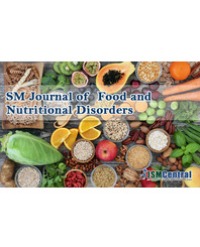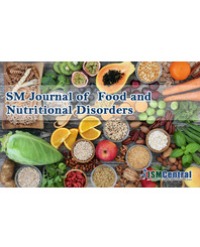Objective: This study analysed the narrative of the family structure, the status of Druze-women, and the ability of those women to adapt to diabetes and manage it successfully.
Design and setting: Qualitative-research, of the Druze women with Diabetes, Diabetes prevalence in the Arab population in Israel is around 20%, whereas the prevalence of diabetes in the general population in Israel approximates 7.2%.
Subjects: 15 Druze-women suffering from type 2 diabetes, aged 30-70, with varying personal and socio-demographic characteristics, who were hospitalized in the "Ziv-hospital-Safed", as well as in the community, were interview.
Results: Most of the respondents described the family structure and the Druze-society, the relationships and the communication within the family as obstacles that prevent them from managing their diabetes successfully. A small number of them indicated that the family might constitute a support factor. The obstacles impeding the women’s ability to maintain a healthy diet and to engage in physical activity, the woman’s role in the family, self-efficacy, perception of the dangers involved, culture and religion, relationships and lack of direct communication with their significant other.
Conclusions: Druze-women, suffering from diabetes, managing her diabetes are subject to the influence of her role and status within the family, her self-restraint, her position in the decision-making process, the influence of the culture and society upon her life, her perception of the disease, as well as the influence of the religion. Therefore, there is a need for empowering the Druze-women which would in turn enable them to manage their diabetes better.
Maha Kablan¹ and Ronit Endevelt²,³*




